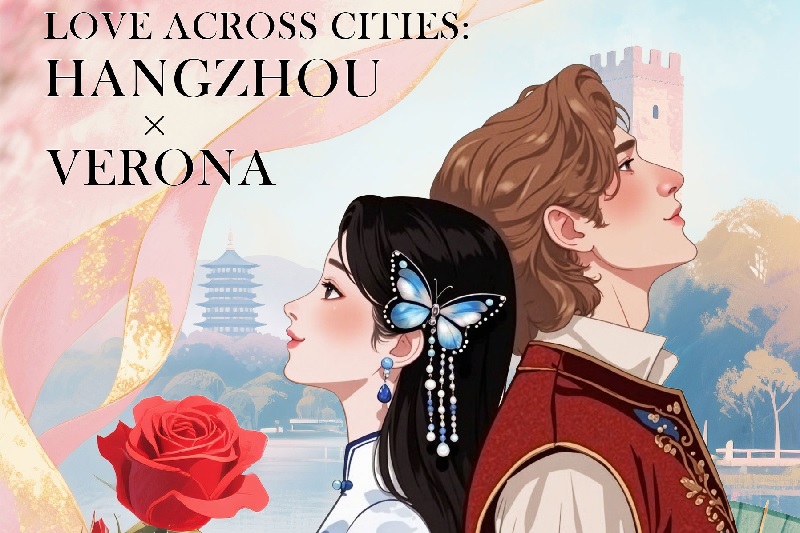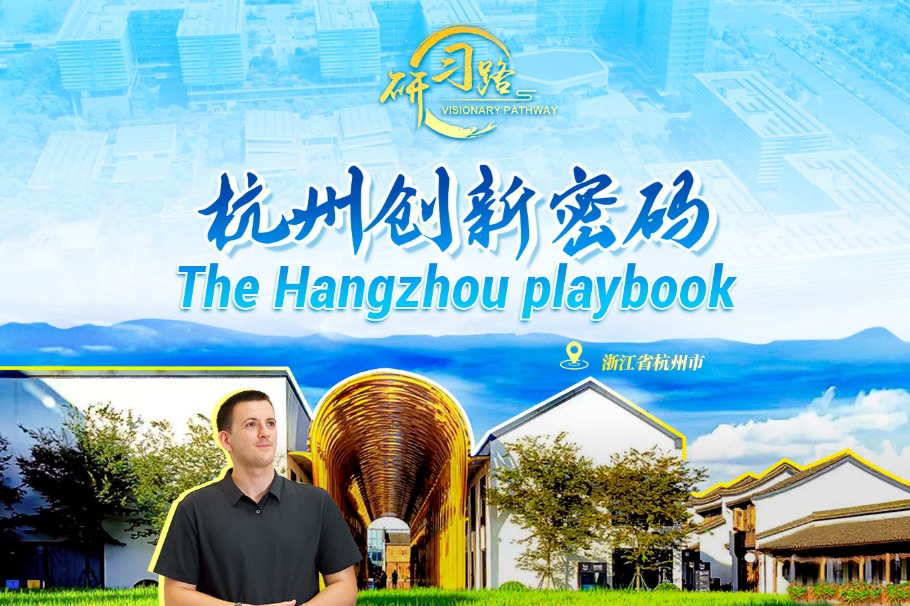Hangzhou: The 'heavenly city' that bridges past and present
Over 700 years ago, renowned Italian traveler Marco Polo formed a lasting bond with Hangzhou during his journey through China. In his famous travelogue "The Travels of Marco Polo," he devoted more words to Hangzhou than any other Chinese city, calling it "the most beautiful and magnificent city in the world."
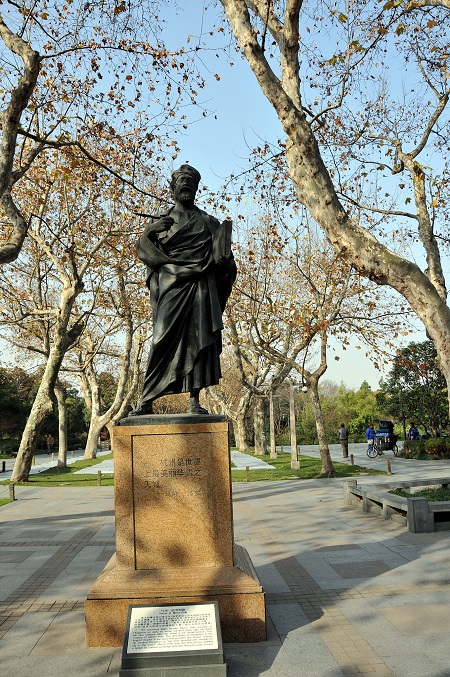
A file photo shows the statue of Marco Polo in Hangzhou, Zhejiang province. [Photo/VCG]
To Marco Polo, the natural scenery of Hangzhou during the Yuan Dynasty (1271-1368) was captivating, with the West Lake standing out as its most dazzling jewel. He described the lake as vast and serene, bordered by ornate palaces and grand residences owned by the city's elite. On the lake's islets stood elegant and refined pavilions, creating a landscape of exquisite harmony. In 2011, the West Lake Cultural Landscape of Hangzhou was designated a UNESCO World Heritage Site, underscoring its enduring aesthetic and cultural significance.
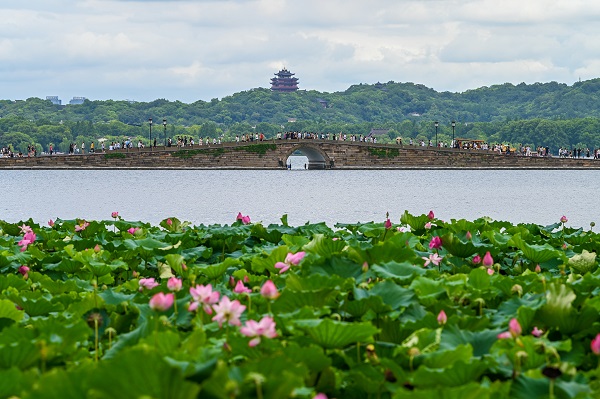
The West Lake scenic area is pictured in Hangzhou, Zhejiang province on July 26. [Photo/VCG]
Marco Polo also gave detailed accounts of Hangzhou's religious and cultural life, offering a unique perspective as a Westerner. He observed the diversity of the religious practices around West Lake, noting the coexistence of numerous temples and shrines. This cultural openness and religious inclusiveness highlighted the city's deep-rooted cultural heritage and its remarkable ability to integrate multiple traditions.
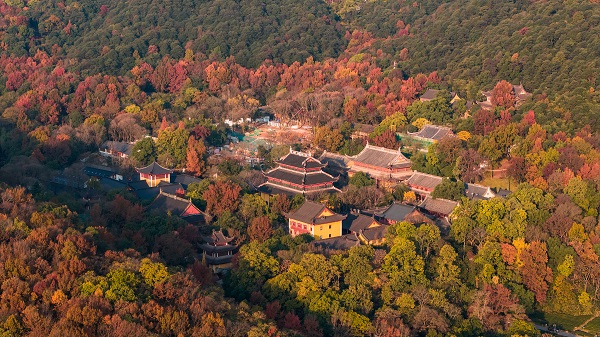
A file photo captures an aerial view of the Lingyin Temple in Hangzhou, Zhejiang province. [Photo/VCG]
Beyond its natural and spiritual charm, Hangzhou impressed Marco Polo with its wealth and refinement. He documented various aspects of urban life – markets, craftsmanship, social customs, and civic infrastructure. His writings captured everything from childbirth and funerals to social etiquette, clothing, food, road conditions, and security systems. These insights offer a valuable historical window into the urban sophistication of Hangzhou during the Yuan Dynasty.
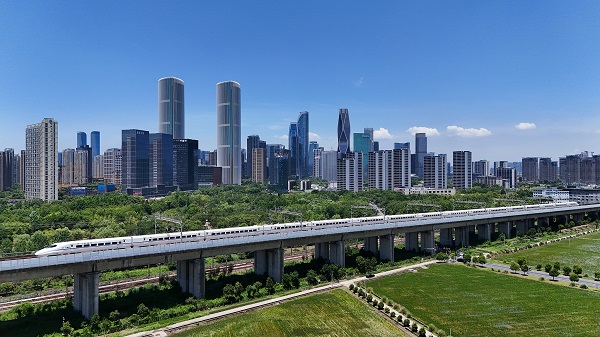
The buildings of the CBD in Hangzhou, Zhejiang province are pictured on July 2. [Photo/VCG]
Today, Hangzhou continues to flourish as a cultural and creative powerhouse. Its industries – including digital content production, film and television production, animation, gaming, design, and the performing arts – are rapidly growing, supported by an expanding network of cultural innovation platforms. As the capital of Zhejiang Province and a core city of the Yangtze River Delta, Hangzhou is a leader in the digital economy and technological innovation. The city also draws strength from its rich cultural roots – embodied in its West Lake culture, the Liangzhu City archaeological ruins, and the legacies of the Song Dynasty.
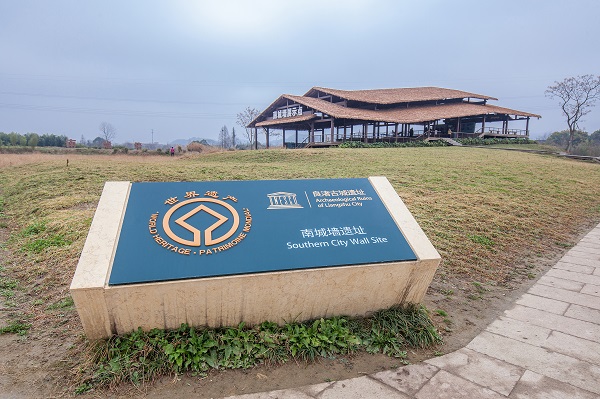
The Archaeological Ruins of Liangzhu City in Hangzhou, Zhejiang province. [Photo/VCG]
From a "heavenly city" in the eyes of Marco Polo to a modern metropolis of creativity and innovation, Hangzhou seamlessly bridges its glorious past with a dynamic future, continuing to shine as a unique emblem of cultural charm and progress.
-
Echoes of Romance from East to West
August 12, 2025
-
Nine Hangzhou-based companies make Fortune Global 500 list
July 30, 2025
-
City built on water: Hangzhou's wetland legacy goes global
July 25, 2025
-
Visionary Pathway - Hangzhou Playbook
July 15, 2025


